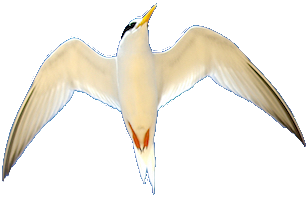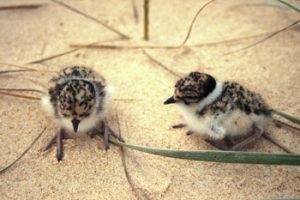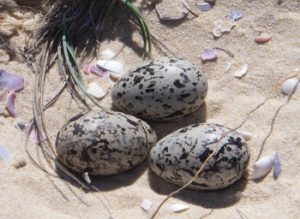Achievements
Outcomes for the environment
• A comprehensive monitoring program has been established.
• Stationing volunteer wardens at key sites and installing temporary fencing has reduced human disturbance.
• Public awareness has been raised by installing interpretive signs at key shorebird locations, the production of posters and brochures, newsletter and newspaper articles, public talks, conference presentations, radio and television interviews.
• Protection from native and introduced predators has been attempted by installing electric fences and predator exclusion cages around nests and controlling foxes.
• Valuable information on the ecology of shorebirds and expertise in shorebird management has been gained.
Outcomes for us volunteers
• The NPWS, with the help of us, has achieved more for shorebird conservation than it could have on its own.
• We volunteers have gained a wide range of skills including field skills, construction and maintenance skills and planning, communication and negotiation skills by being involved with this project.
• We exchange information and ideas with the NPWS and others involved in shorebird conservation both in Australia and overseas.
Measures of success
Some of the key conservation outcomes of the project include:
• Increased numbers of eggs, chicks and fledglings of pied oystercatchers, hooded plovers, and little terns following the program’s actions.
• Birds have successfully bred and fledged young on busy and heavily used beaches following the program’s careful management.
• Reasons for nest failure were able to be accurately determined in most cases.
• Quality and important data has been obtained with volunteer assistance.


